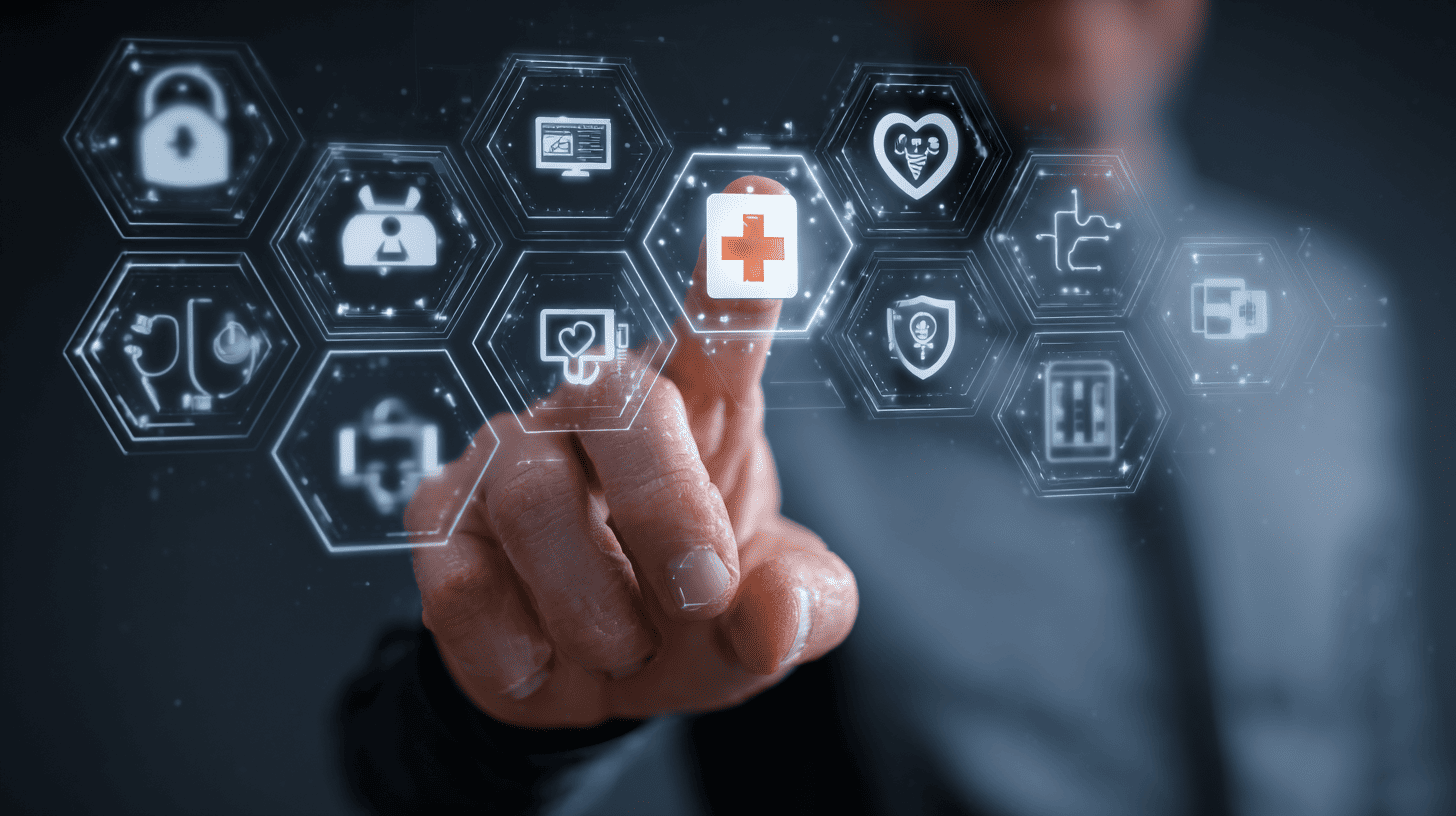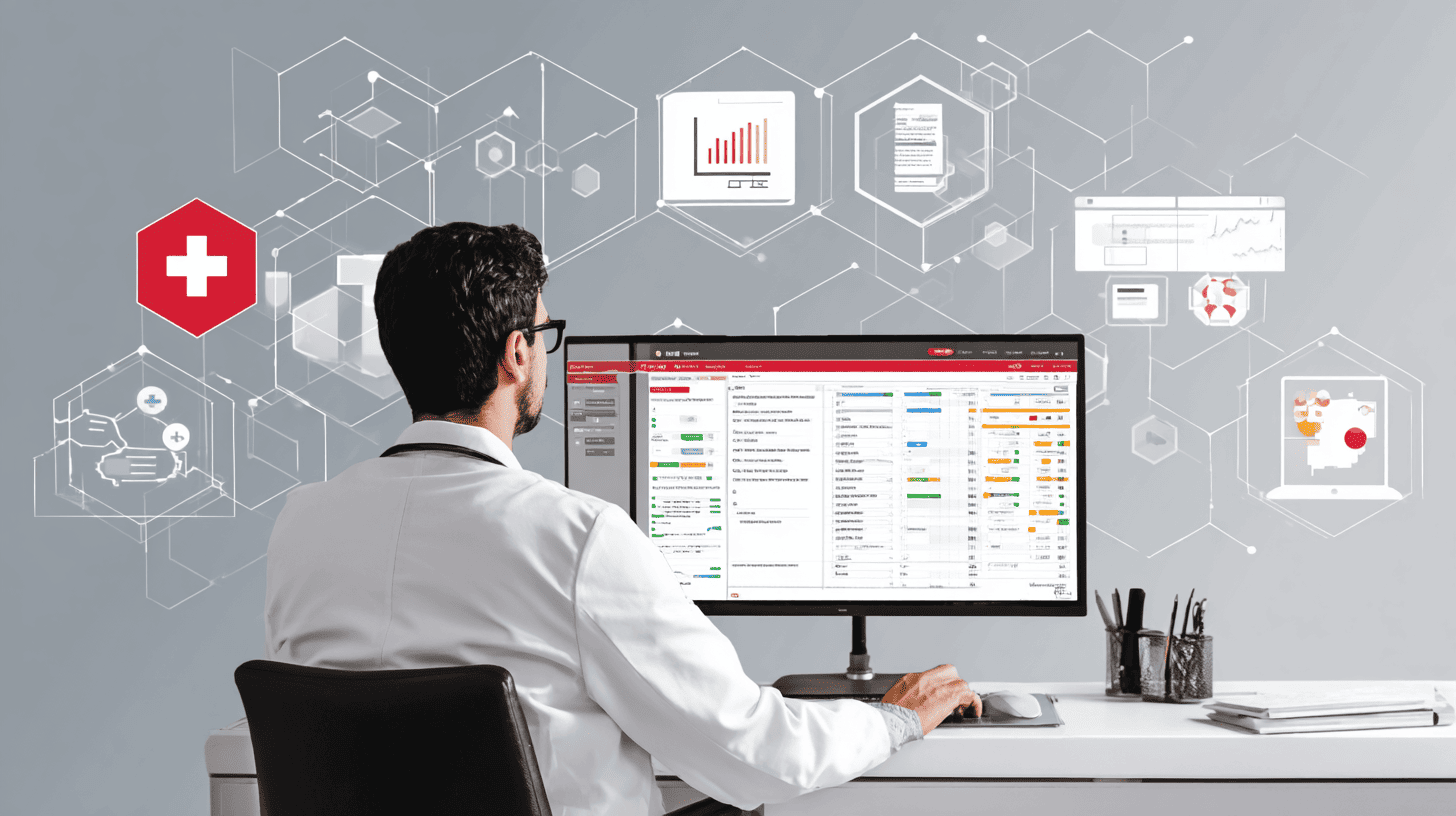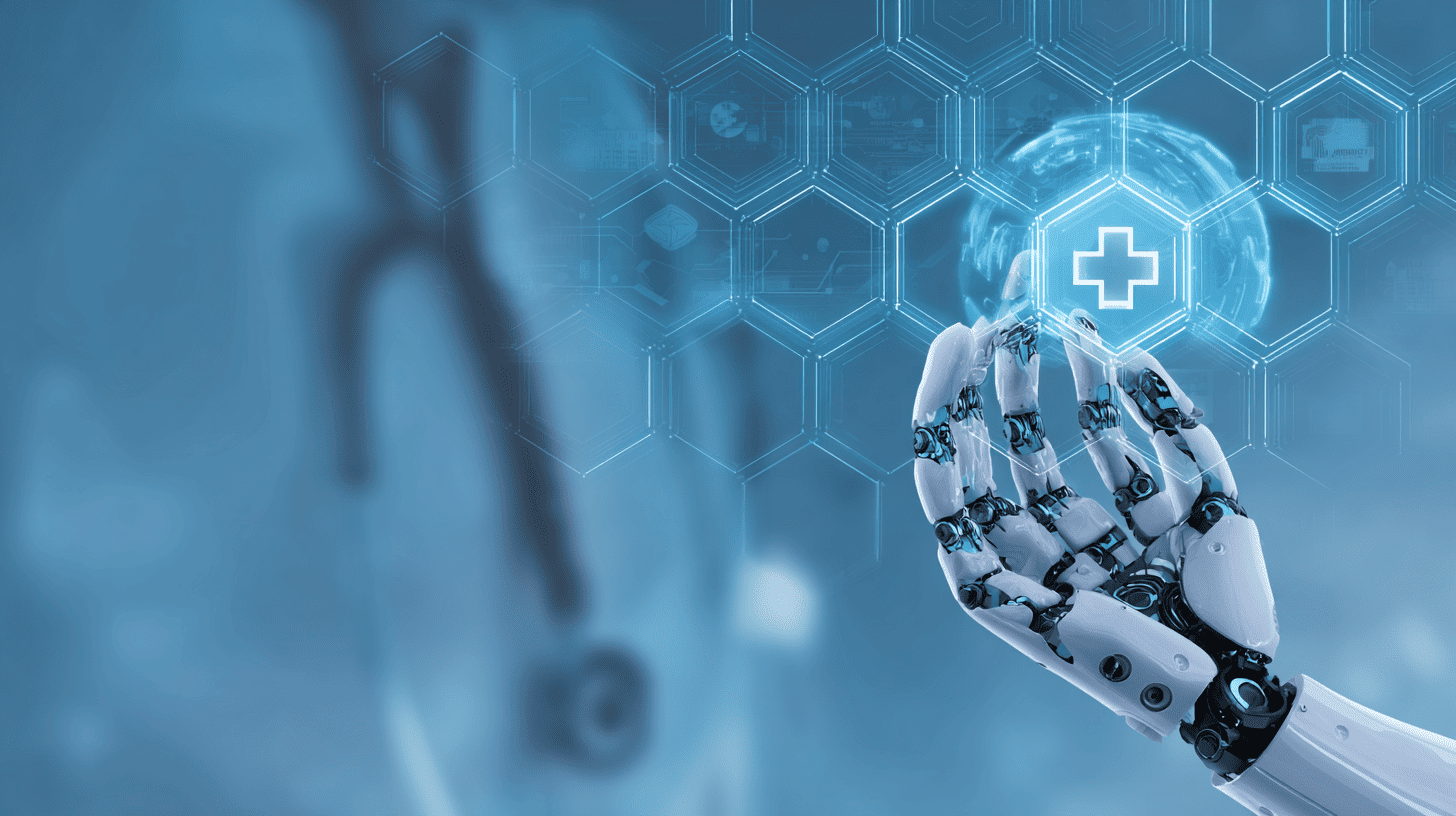Navigating the World of E-Health: What You Need to Know About Software Development
Alexander Stasiak
Oct 15, 2025・10 min read
Table of Content
Understanding E-Health Software
Definition and Scope
Key Components in E-Health
Challenges in Development
Data Security Concerns
Regulatory Compliance
Essential Features for Success
User-Friendly Interfaces
Interoperability with Existing Systems
Future Trends in E-Health
AI and Machine Learning
Telemedicine Expansion
Choosing the Right Development Partner
Evaluating Expertise and Experience
Ensuring Long-term Support and Maintenance
Build better e-health software with Startup House
From compliance to user-focused design—we create healthcare apps that deliver real impact.👇
Most e-health systems struggle because their software isn’t built with real users in mind. You lose time and money on tools that don’t fit your needs or cause more headaches than they solve. This post breaks down what you really need to know about software development for e-health systems—so you can avoid common traps and make smarter choices from the start.
Understanding E-Health Software

Getting a grip on e-health software sets the stage for smarter choices. Let's start by defining what e-health software really is and what's packed inside.
Definition and Scope
E-health software is all about managing health data. It helps clinics, hospitals, and patients by storing and sharing information. It’s more than just records; it includes tools for diagnostics and treatment planning. This software spans from apps that track your fitness to systems managing hospital data. By simplifying tasks, it aims to improve how care is delivered. But what makes up this software?
Key Components in E-Health
The building blocks of e-health are diverse. Electronic Health Records (EHRs) are central. They keep patient data organised and easily accessible. Then there's telehealth, which allows remote consultations, making healthcare more accessible. Another component is patient portals where individuals can check their health records and communicate with providers. These parts work together to improve healthcare experiences. But developing such systems comes with its own set of challenges.
Challenges in Development
Creating e-health software isn't a walk in the park. It comes with hurdles that need careful navigation.
Data Security Concerns
Keeping data safe is crucial. With e-health systems, sensitive data is at risk of being exposed. Hackers target these systems for personal information. Ensuring robust security measures like encryption is a must. Breaches not only lead to privacy issues but also damage trust. Regular audits and updates help maintain security. But that's not the only challenge developers face.
Regulatory Compliance
Following the rules is another hurdle. Different regions have varied regulations. For instance, the GDPR in Europe sets strict data protection laws. Developers must ensure the software complies with these regulations to avoid hefty fines. It’s about knowing the rules and implementing them correctly. This can be tricky, but it’s vital for any system's success.
Essential Features for Success

To build successful e-health software, certain features are non-negotiable. They make the difference between a useful tool and a frustrating experience.
User-Friendly Interfaces
If users can't navigate the software, its purpose is defeated. A simple, clear interface is critical. Think of it like a well-organised room—everything you need is easy to find. This not only saves time but also reduces errors. Testing with real users can highlight areas needing improvement. An intuitive design is the key to user satisfaction.
Interoperability with Existing Systems
Imagine a puzzle where pieces don't fit. That's what happens if new software doesn't integrate with current systems. Seamless interaction is essential for efficiency. Systems should communicate smoothly, sharing data without hiccups. This avoids duplication and errors, ensuring all information is up-to-date. Compatibility is not just beneficial; it's a necessity.
Future Trends in E-Health
The world of e-health is ever-changing. New trends are shaping how we approach healthcare.
AI and Machine Learning
AI is revolutionising e-health. It helps in predicting patient outcomes and personalising treatment plans. For example, algorithms can analyse patterns in patient data to suggest interventions. This not only improves care but also speeds up processes. The possibilities with AI are vast, making it a game-changer in healthcare.
Telemedicine Expansion
Telemedicine is growing rapidly. It extends care to remote areas, breaking geographical barriers. More people can now consult doctors without leaving home. This not only saves travel time but also ensures timely care. With advancements in technology, telemedicine is set to become a staple in healthcare, making services more accessible to all.
Choosing the Right Development Partner

Selecting who will develop your e-health software is crucial. The right partner can make or break your project.
Evaluating Expertise and Experience
You need a team that knows its stuff. Check their past projects and client feedback. This gives insight into their capabilities. Ask about their understanding of healthcare needs. The right partner will have a strong track record and clear communication. Choosing wisely sets the foundation for a successful project.
Ensuring Long-term Support and Maintenance
Software isn’t a one-time deal. It requires ongoing updates and support. Ensure your partner offers long-term maintenance. This includes fixing bugs and keeping the software up-to-date. Reliable support ensures your system runs smoothly over time. It’s about more than just the initial development; it’s about a lasting solution.
Digital Transformation Strategy for Siemens Finance
Cloud-based platform for Siemens Financial Services in Poland


You may also like...

The Role of AI in Healthcare: Simplifying Complex Processes
AI is reshaping the healthcare industry, making complex processes simpler and faster. From early disease detection to personalised treatments, discover how AI is driving efficiency and improving patient outcomes.
Alexander Stasiak
Oct 24, 2025・10 min read

Understanding Custom Healthtech Software Development: A Clear Guide
When generic medical software slows you down, custom healthtech development can be the solution. Learn how tailored tools fit your unique workflow, improve patient care, and future-proof your healthcare operations.
Alexander Stasiak
Oct 08, 2025・8 min read

How AI Healthtech Companies Are Changing the Way We Look at Healthcare
AI healthtech companies are redefining how we experience healthcare. From accurate diagnoses to personalized treatments and streamlined hospital operations.
Alexander Stasiak
Oct 23, 2025・12 min read
Let’s build your next digital product — faster, safer, smarter.
Book a free consultationWork with a team trusted by top-tier companies.








